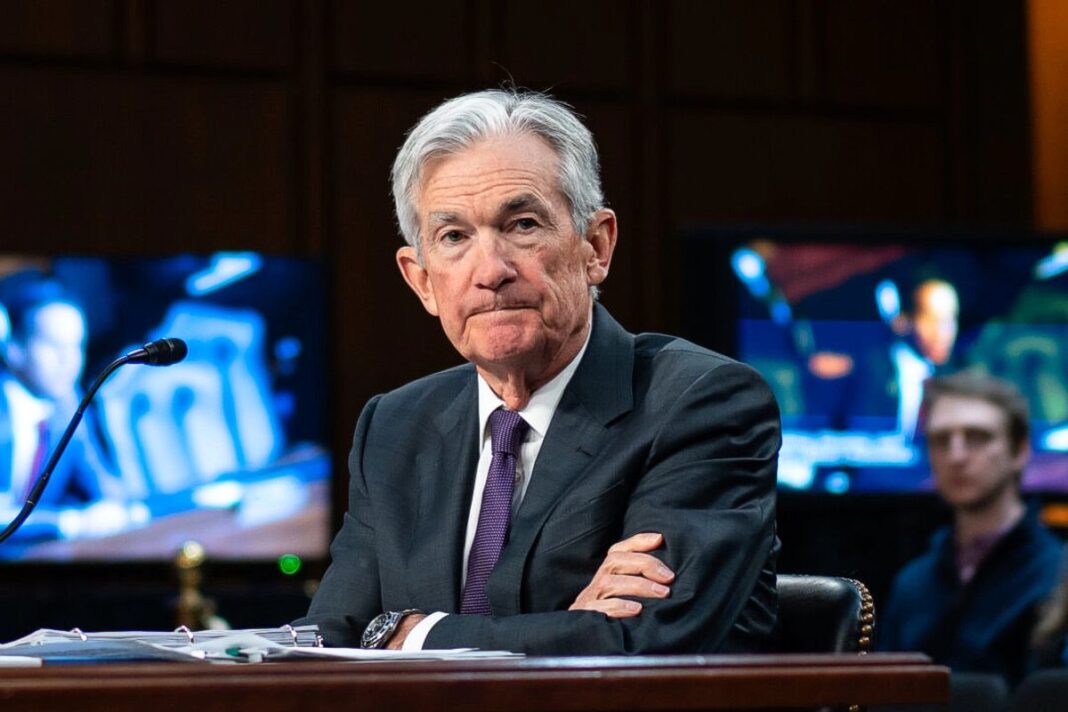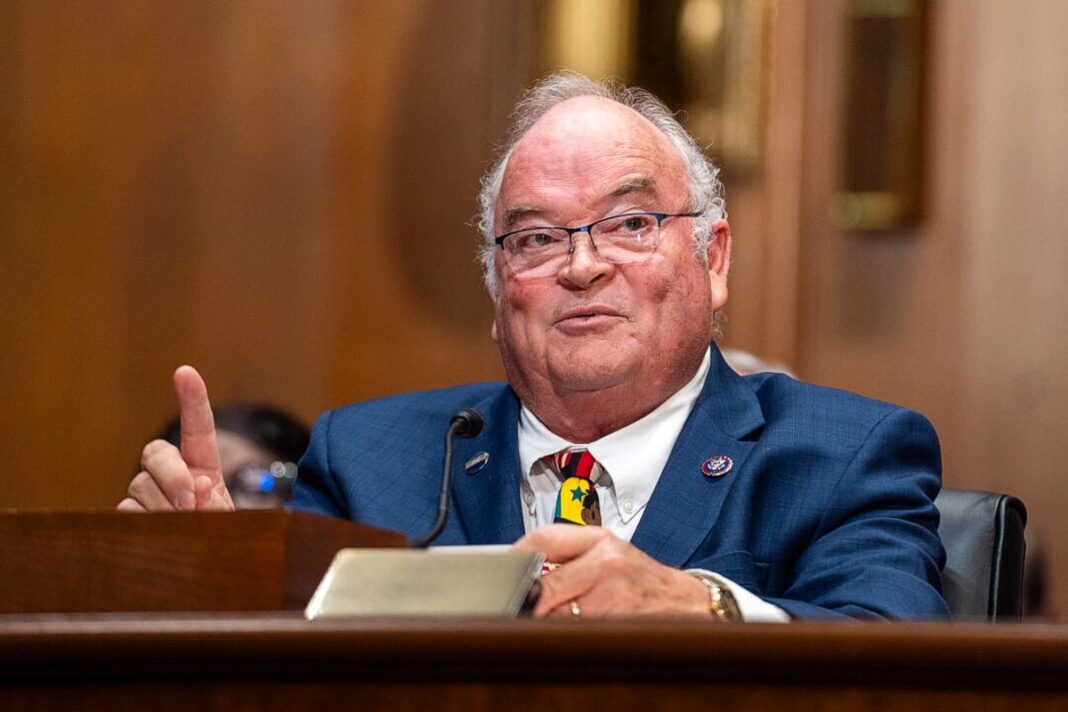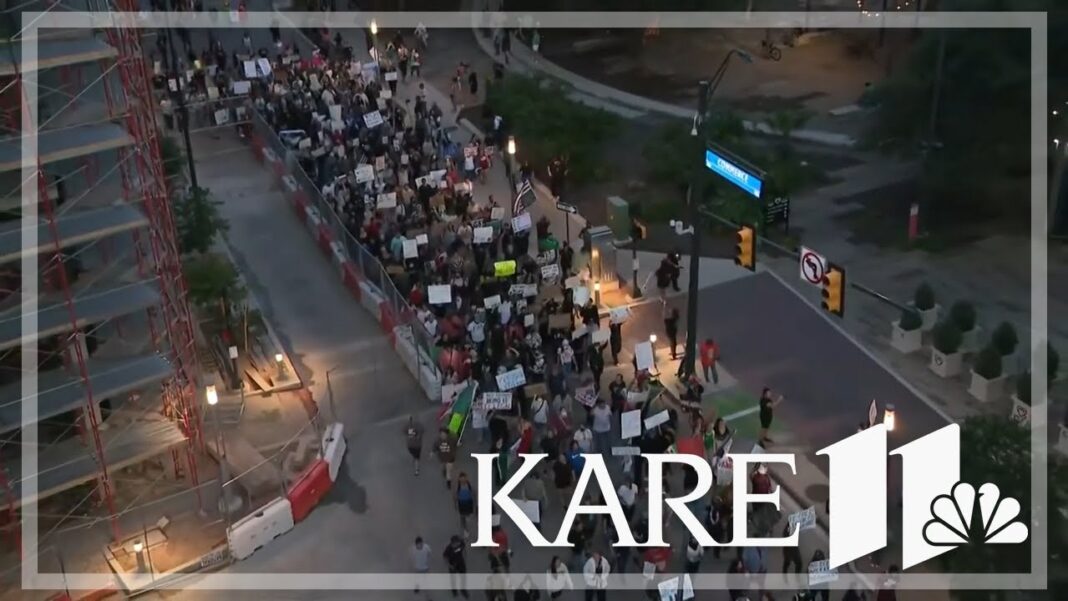Vice President JD Vance and others have weighed in on the Fed’s decision-making.
President Donald Trump has ratcheted up his criticism of Federal Reserve Chair Jerome Powell.
Speaking at a June 12 White House event, the president demanded again that the U.S. central bank chief lower interest rates. He projected that reducing rates by two percentage points would save the United States $600 billion annually.
“But we can’t get this guy to do it,” Trump said.
The president reiterated his position that he would be fine with the Fed raising interest rates if inflation were rising.
“But it’s down … and I may have to force something.”
He also confirmed again that he will not fire the Fed chief.
“The fake news is saying: ‘Oh, if you fired him, it would be so bad. It would be so bad,’” Trump said. “I don’t know why it would be so bad, but I’m not going to fire him.”
Following this week’s better-than-expected inflation data, Powell has come under pressure from Trump and other senior administration officials to follow through on rate cuts.
In a June 11 post on the social media platform X, Vice President JD Vance criticized the Fed’s policy direction.
“The president has been saying this for a while, but it’s even more clear: the refusal by the Fed to cut rates is monetary malpractice,” Vance said.
Commerce Secretary Howard Lutnick told Fox News host Laura Ingraham on June 11 that Americans would save money if Powell cut interest rates.
“The economy is ready for it. It’s easy. Inflation is low,” Lutnick stated. “Come on. He’s got to do his job soon.”
Watching Inflation and the Fed
Remarks from the White House come as the Bureau of Labor Statistics reported that consumer and wholesale prices rose by 0.1 percent month over month in May, below the consensus estimate of 0.2 percent.
Despite the positive inflation numbers, investors overwhelmingly expect the Fed to leave the benchmark federal funds rate—the policy rate that influences consumer borrowing costs and the U.S. government’s interest costs—unchanged at a range of 4.25 to 4.5 percent at next week’s meeting.
By Andrew Moran








